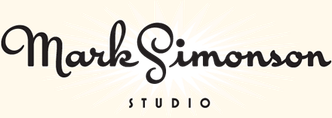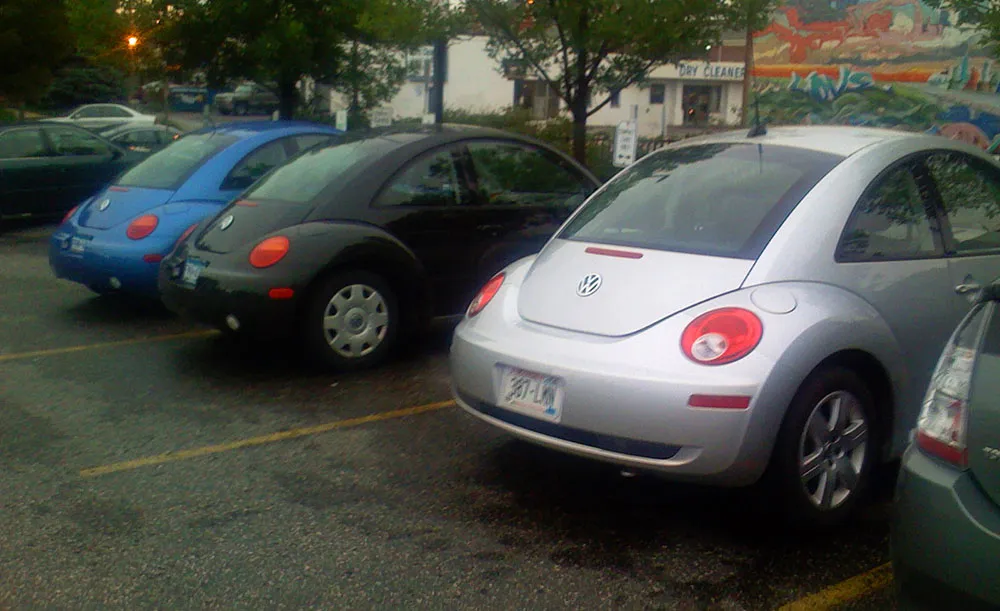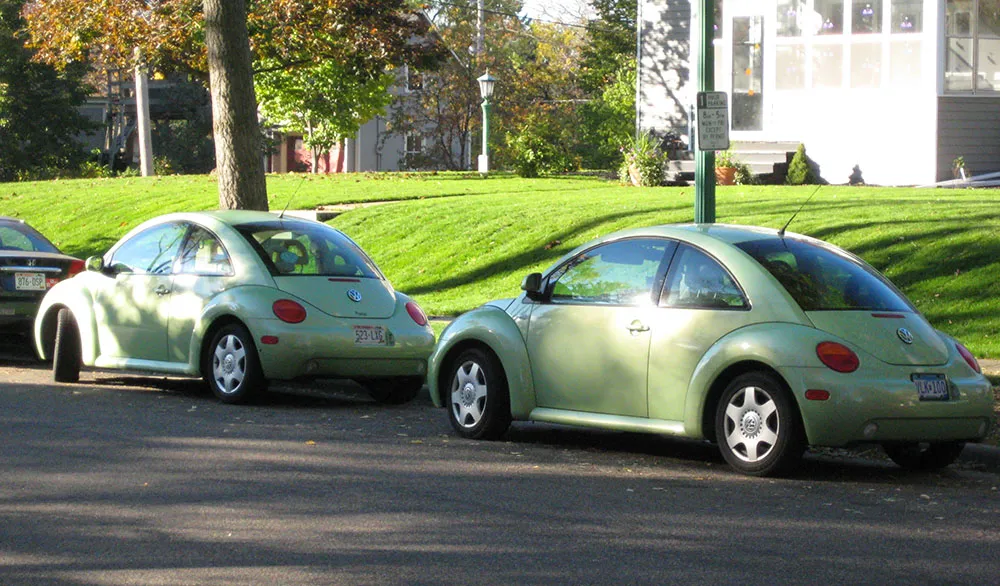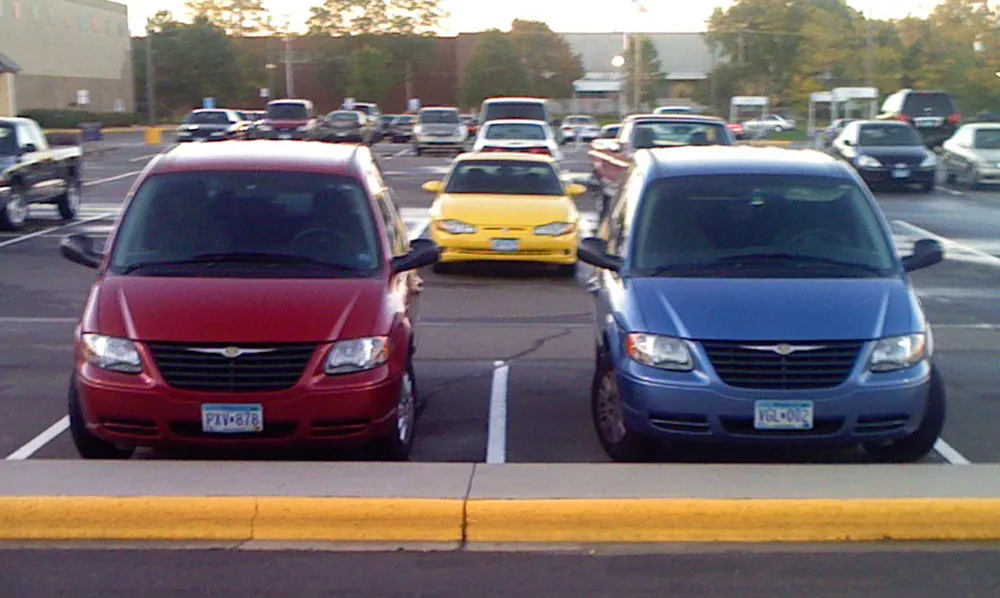Mark’s Notebook - Page 34
I haven’t been posting much to Notebook lately because I’ve been, well, busy. The thing I’ve been busy with is this:
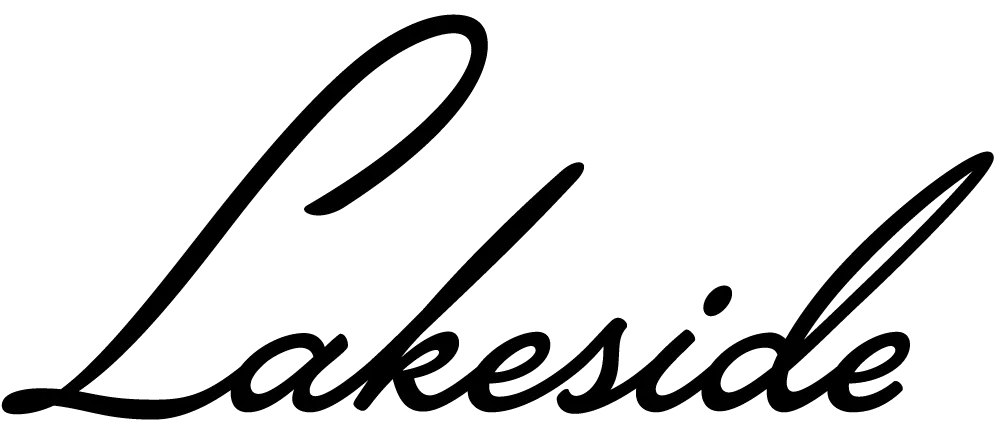
Lakeside is a script face I’ve been working on for the past two years. It was initially commissioned by an independent filmmaker for use in some film titles. It’s based on the hand-lettered titles of the classic 1944 film noir classic “Laura.”
An unusual feature of Lakeside is that it has three styles of capital letters suited to different uses:
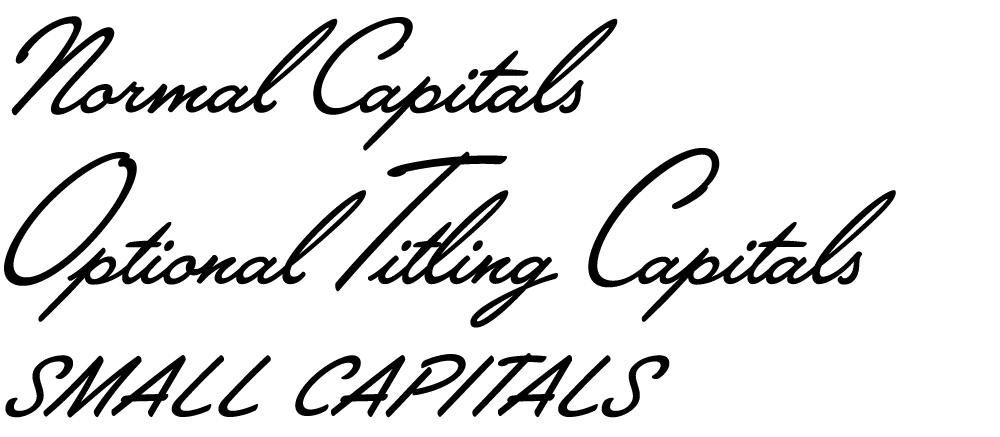
There are normal caps for, er, normal use; over-sized caps for a fancier appearance; and smaller, plainer caps for all-caps settings—something not normally possible with a script font like this.
Lakeside takes advantage of the OpenType format to put a virtual lettering artist at your fingertips. Here is the font with OpenType Contextual Alternates turned off and then on:
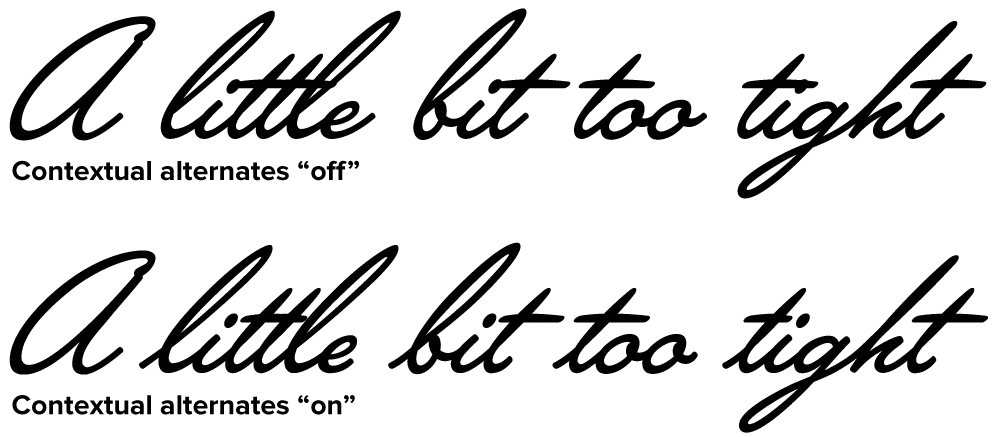
Notice how each letter tailors itself to its position within a word, using a different form depending on whether it comes at the beginning, middle or end. Notice also how the crossbar on the lowercase “t” seems to “know” about adjacent letters and adjusts its width appropriately. (It’s not actually “a little bit too tight,” it’s just that those words are good for showing how the magic works.)
For more information, see the Lakeside Specimen Sheet (496k PDF) and the Lakeside User Guide (1mb PDF).
Licenses for Lakeside can be purchased at Font Bros. Other venues will be added soon.
(Note: Last year I mentioned this font on Notebook when it was still under development. At that time, it was to be called “Launderette.” Unfortunately, that name was taken—twice—so I chose the name “Lakeside” instead.)
Ever notice how the font name “Arial” looks like a certain other word sometimes? (Via DaughterNumberThree)
This week, the radio program Studio 360 is airing a short interview with Gary Hustwit, director of the documentary film Helvetica. You can listen to it online.
If you haven’t seen the film, I highly recommend it. I saw it at TypeCon in Seattle this last August in an auditorium packed with fellow type geeks. Hard to beat that.
What’s more nerdy: Attending a performance of A Christmas Carol performed entirely in Klingon, or appearing in it? Whatever, it was a load of fun, and only three blocks away at the University of Minnesota St. Paul Campus Student Center. How could I not go?
So, you might well ask: WTF? Imagine if you will, Charles Dickens’ classic translated and interpreted by the Klingon Imperial Theater Company, hosted by a representative from the Vulcan Institute of Cultural Anthropology, and you’ll get some idea. If you’re still not with me, imagine a parody of the Christmas classic seen through the eyes of Trekkies. (Not that I would call myself a Trekkie.) (And not that Trekkies call themselves “Trekkies.”)
The production, put on by Commedia Beauregard, was cleverly written and very entertaining. The audience, not too surprisingly dominated by Star Trek fans, was in stitches most of the time. While the performance was entirely in the made-up Klingon language (except for occasional commentary by the Vulcan), English subtitles were projected on a screen next to the stage.
I managed to sneak a few (flashless) photos of the performance. Here is the scene in which SQuja’ (Scrooge), on the left, is visited by Kahless Past (Christmas Past). Notice that the ghost is the “old style” Klingon:
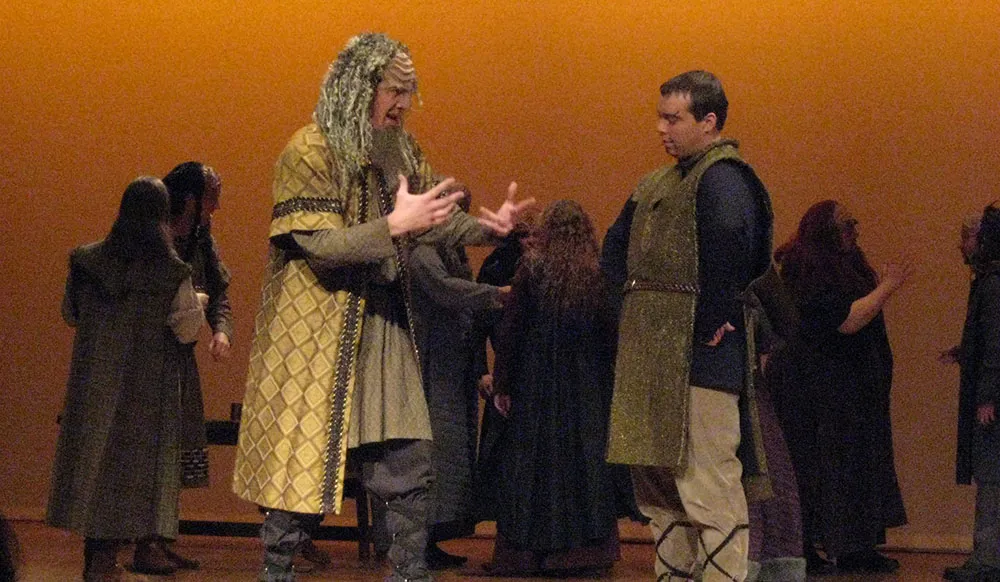
Here is a scene of happier times from SQuja’s youth, in which everyone is having a grand old time trying to kill each other:
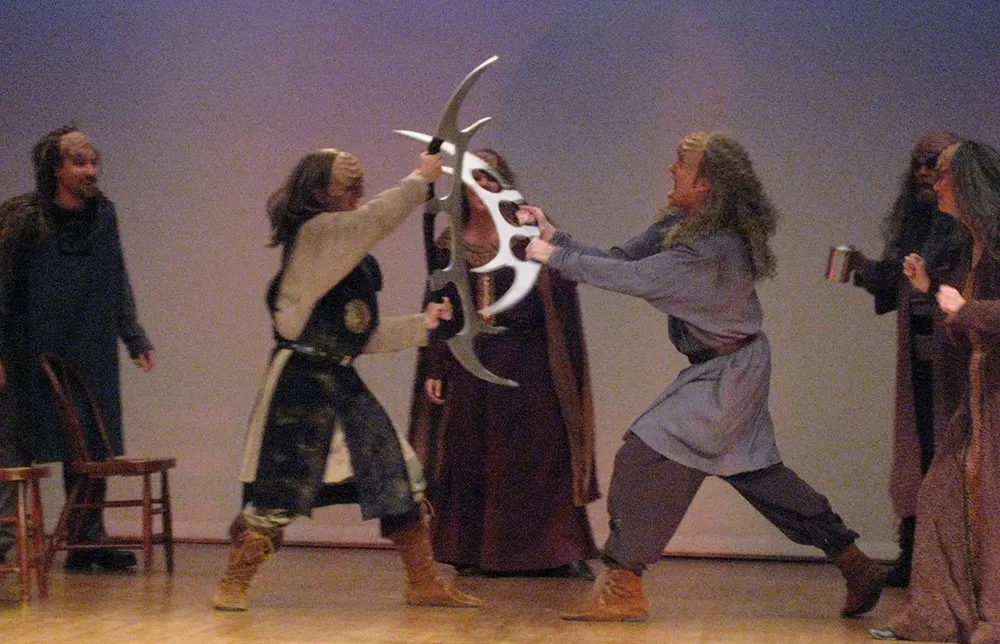
Like the Dickens original, SQuja’ sees what a fool he has been, for seeking gold rather than honor in battle, and vows to change his ways:
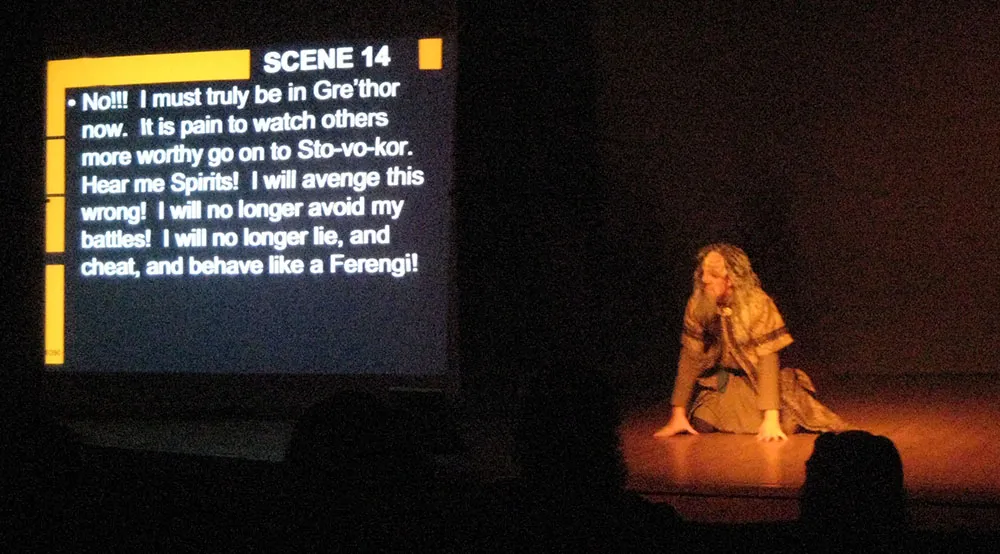
A funny coincidence: The part of SQuja’ was played by Michael Ooms, son of Richard Ooms who for years played Scrooge in the Guthrie Theater production of A Christmas Carol.
Here is a cool thing that reader “minusf” wrote to me about recently: A half-hour film made by Chevrolet in 1958 called “American Look.” You can see it, split into three parts, on YouTube the Internet Archive:
It’s pretty heavy on pro-America/pro-Chevy propaganda, but it’s also a revealing glimpse into a world when most everything was still designed with simple art materials like pastel crayons and clay.
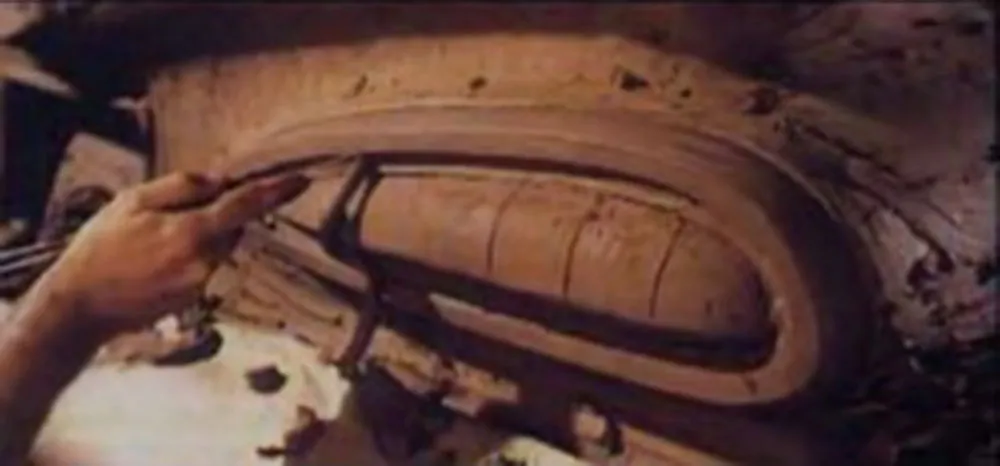
In the third part, they build a design prototype of a ’59 Chevy out of plywood and clay. This was the car my family had when I was a little kid. To me it looked like a scary, angry animal. Little did I know they were going after “sleek and stylish.”
The pre-Fifties world seems to have been erased in the film. People live in thoroughly modern houses, have thoroughly modern furniture and appliances, and work in thoroughly modern buildings. Nothing old seems to exist.
I must have seen a lot of propaganda like this when I was a kid. I fully expected that the world would look like this when I grew up. But in reality, old and new have always lived side-by-side, and probably always will. (I love it when films that are set in the future, like Blade Runner, get this right.)
A lot of the design in the film still holds up well, like the Eames chair. But every now and then they show something that looks utterly old-fashioned—unsurprisingly, anything to do with electronics, appliances and business machines, which have changed radically over the last fifty years. On the other hand, the design requirements for chairs, spoons, and drinking glasses are pretty fixed.
(Thanks to John Blair for finding these videos on the Internet Archive. When I originally wrote this, the videos were up on YouTube, but at some point they were removed. Thanks to John, I am able to link to them again.)
